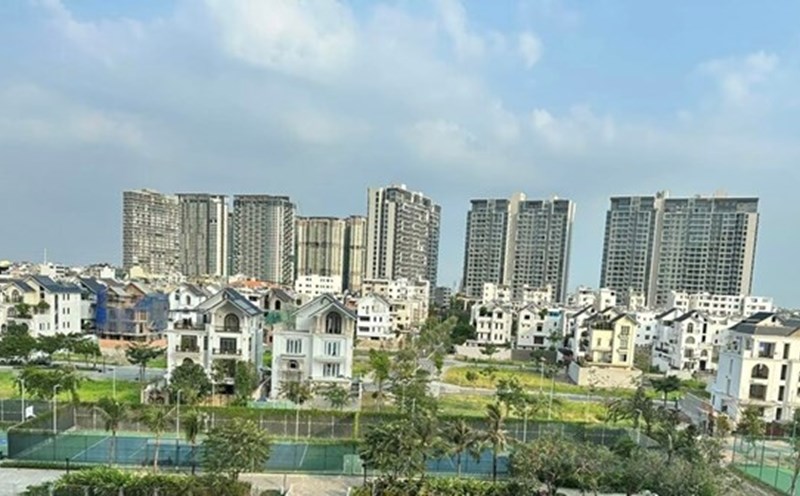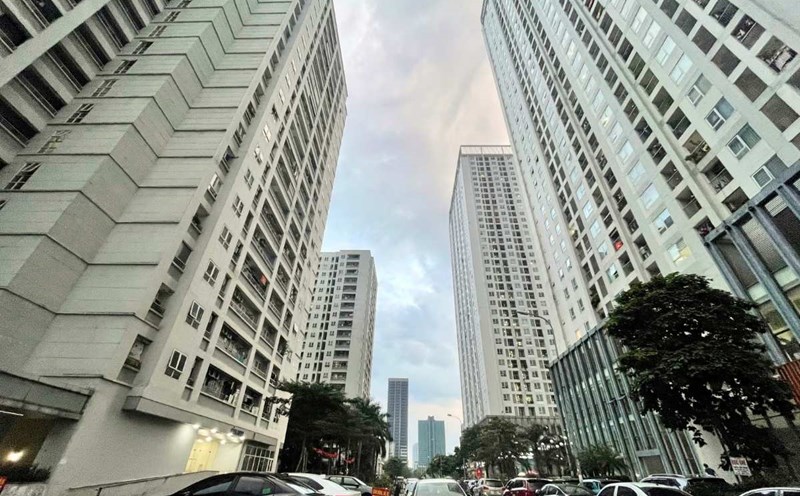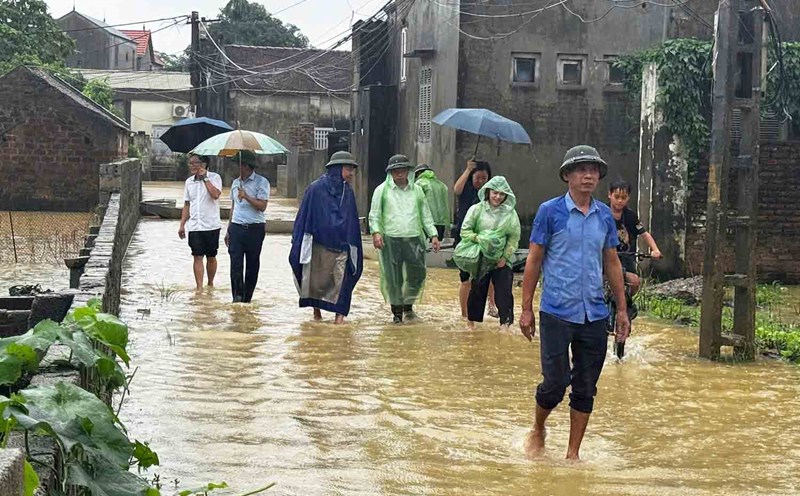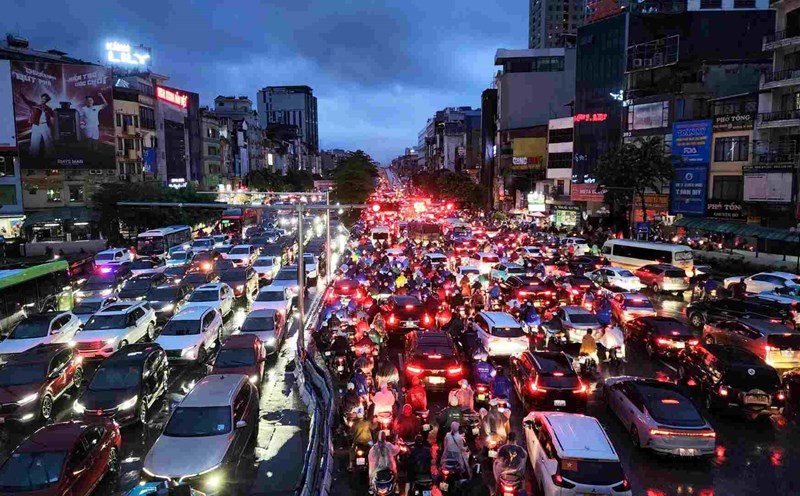Every year, house prices increase by several hundred million VND, it is difficult to borrow money to pay interest
Starting to save and plan to buy a house since 2018, Mr. Thanh Tung (working in advertising) said that he and his wife set a goal of saving about 1 billion VND, planning to borrow an additional 1 billion VND to buy a 2-bedroom apartment in Phu Huu ward, Ho Chi Minh City. In early 2023, the couple found a 67m2 apartment worth about 2.7 billion VND, higher than their financial capacity.
The couple planned to borrow more from relatives but failed, forcing them to stop the plan. Mr. Tung said that in early 2024, the price of this apartment increased to 3.3 billion VND and by August 2025, it had reached more than 4.5 billion VND. It can be said that despite persistent savings, house prices are continuously far beyond reach, causing Mr. Tung and his wife to temporarily stop finding a place to live.
In a similar case, Ms. Tu Tran - a marketing employee in Ho Chi Minh City - once aimed to buy a mid-range apartment in Nha Be with an area of 60 m2, with a selling price of about 2.8 billion VND 2 years ago. She plans to accumulate along with borrowing from the bank. But now, when I have the finances, this apartment is being sold for more than 4 billion VND.
"Every month I save about 10-12 million VND, but the house price increases by a few hundred million VND per year, making it difficult to pay interest when borrowing," Ms. Tran shared.
Basic selling price does not accurately reflect real value
The report on the average primary selling price of apartments in Ho Chi Minh City is overwhelming those who want to buy a house. According to the second quarter report of 2025 of some market research units, the average primary price of apartments in Ho Chi Minh City reached more than 95 million VND/m2, an increase of nearly 10% over the same period in 2024. New sales have recorded an increase of 8-15%, in which luxury apartments account for more than 52% of the market supply.
According to data from the Ho Chi Minh City Real Estate Association (HoREA), from 2024 to now, housing prices have continuously increased, reaching an average of VND90 million/m2, equivalent to about VND9.7 billion per house (this is only the primary price approved for the project, not the selling price).
Not only the primary market, but also the selling price in the secondary market increased sharply. Data from JLL Vietnam shows that in the second quarter of 2025, the secondary selling price (re-selling) of apartments in Ho Chi Minh City will average nearly 100 million VND per square meter, up 1.7% compared to the previous quarter and 9.4% compared to the same period last year. This price is mainly recorded in high-end projects in the inner city, the South and the old Thu Duc City.
Looking back at the apartment market in Ho Chi Minh City 5-10 years ago, we will see more clearly the rapid price increase of this type of housing. For example, the price of a 2-bedroom apartment at the Masterise Thao Dien project in 2017 was about 3 billion VND, now it has reached about 7-8 billion VND.
Or Empire City project in Thu Thiem, when the first building opened for sale in 2016 was priced at 60-70 million VND/m2, now trading at 170-200 million VND/m2. Even the river-view apartments have skyrocketed to 300-350 million/m2, up 5 times compared to the opening time... Many other projects in near-central areas have had an increase of about 7-10% in the past few months and reached an average selling price of more than 130 million VND/m2.
Looking at the trend of real estate prices increasing gradually every year, experts say that the basic selling price does not accurately reflect the real value. Because the market still has the phenomenon of hoarding, raising prices, speculating, increasing real estate prices, causing an imbalance between supply and demand and beyond the affordability of the majority of people.
Housing prices have increased, but according to Mr. Vo Hong Thang - Deputy General Director of DKRA Group, about 70% of current buying demand is for investment or speculation purposes, only 30% is for living. Accordingly, the group of investors is mainly between the ages of 35-45, has stabilized finances, and owns at least one real estate. They buy more houses and land mainly to seek profits from investing in leasing or selling.
In the second half of 2025, housing supply is expected to continue to improve thanks to a number of legal clearance policies. However, the imbalance between supply and demand is very difficult to overcome in the short term and housing prices will still increase, as projects opened for sale are still mainly in the high price segment due to sharp increases in project development costs, especially land costs and infrastructure investment.












